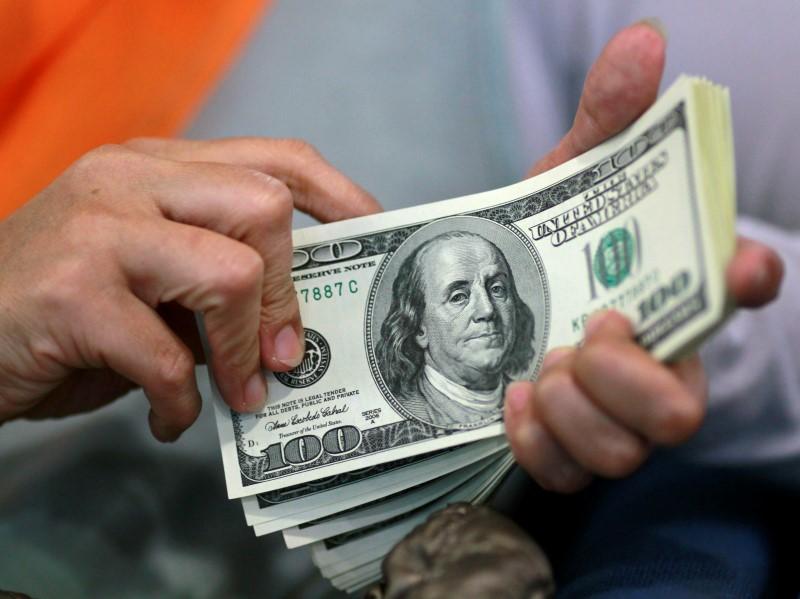The US dollar reached a three-month high on Friday and world shares headed for their fifth week of gains out of six, before US jobs data that may nudge the Federal Reserve towards its first interest rate increase in almost a decade.
Bets on a Fed move in December are back on after the US central bank's last meeting. The dollar's strength, combined with the highest 2-year US government bond yields since 2011, showed hopes were high for the jobs numbers, Reuters reported.
The health of US employment is a key to the Fed's thinking. Economists polled by Reuters expect the data to show 180,000 jobs were added last month and the overall unemployment rate remained 5.1%.
Investors in both Europe and Asia used the wait for the data to skim off some of the week's profits in global stock markets. MSCI's 45-country All World Index is at its highest since August and Wall Street is near a record high.
The S&P 500 and Dow Industrial were expected to open lower, although the payrolls outcome may change that. Europe's main markets in London, Frankfurt and Paris dipped 0.1 to 0.6% after similar moves in Asia overnight.
"The key from the payrolls today is not only the print but also whether there is also a revision to last month’s weak number," said Chris Wightman, a senior portfolio manager at Wells Fargo Asset management. "And everyone is going to look whether we see below 5% (for overall unemployment rate)."
The main market action remained in currencies. The dollar was near $1.08 to the euro for the first time since April. It held steady at 121.90 yen after touching a 2 1/2-month high of 122.01 on Thursday.
Traders and positioning data say money has piled in behind another rally for the dollar over the past two weeks. Whether it can build on a rise of more than 4% in the past month depends the expectations of a December rate move.
Elsewhere, Britain's sterling was close to a six-month low against the dollar and slipped against the euro, a day after it was sent tumbling when the Bank of England put off a UK rate increase.
It was last at $1.51, down 0.5% on day, while the euro was up 0.4% at 71.90 pence.
"With a near-term hiking cycle off the table, the rationale for being long sterling has disappeared. We recommend turning short sterling against the dollar," said Deutsche Bank currency strategist Oliver Harvey.
The stronger dollar added further pressure to crude oil futures, which were already dragged down by oversupply concerns, and to the currencies of oil-producing countries.
Russia's ruble was down 1%, while the Kazakh tenge fell 2.5% to a record low, extending Thursday's 4% loss. Authorities ended market interventions, to conserve central bank reserves.
Brent hovered at $48.50 a barrel. US crude edged up about 0.6% to $45.50 a barrel, after falling over 2% in the previous session. It was still on track to lose 2.4% for the week.


